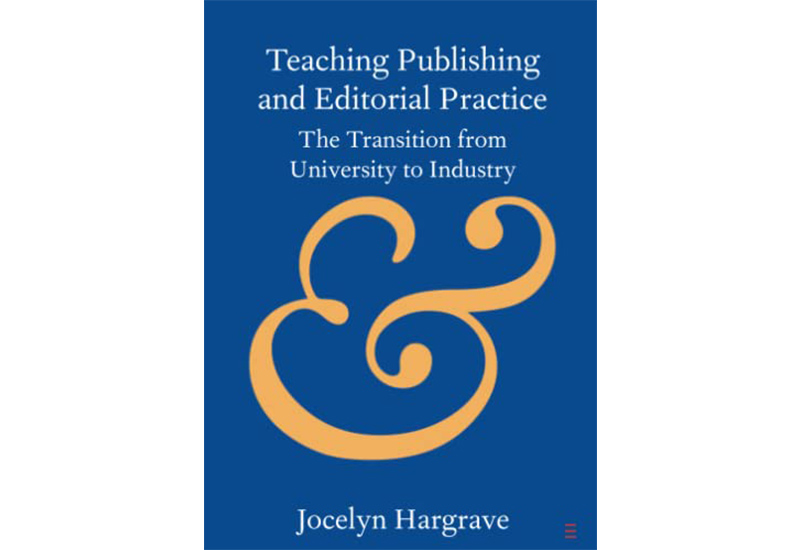Author: Jocelyn Hargrave
Title: Teaching publishing and editorial practice: Transition from university to industry
Published: February 2022
Publisher: Cambridge University Press
Format: Paperback, ebook forthcoming
Price: 18.95 AUD
How can tertiary programs best prepare graduates for industry? How well does their learning translate to the workplace? These questions guide Dr Jocelyn Hargrave’s recent study into teaching and editorial practice.
From December 2019 to February 2020, Hargrave used a mixed-methods approach to survey educators and graduates in Australia and internationally, and to interview three editors and a publisher in Melbourne. To a lesser degree, Hargrave draws on her own experiences and understandings as an educator and editor. Scaffolding her discussion are the key concepts of being, learning and doing.
Teaching publishing and editorial practice is part of Cambridge University Press’s Elements series. Designed to offer quick, concise publishing of peer-reviewed scholarly work, the series enables research-in-practice projects to reach audiences more promptly. As a result, this succinct book captures a limited but useful study for editing educators and publishing academics.
The introduction details the literature on pedagogy and editorial practice, identifying key debates and dichotomies. Hargrave highlights two broad perspectives: a “structural market-oriented approach” and a “theoretical–practical union or synergy” (p. 14). The latter is more relevant and acknowledges that skills and knowledge alone are of little use without practical application and reflection. Indeed, learning-by-doing or experiential learning theory underpins much contemporary editing pedagogy.
While this research centres on postgraduate editing and publishing programs and their graduates, it’s relevant for undergraduate and TAFE programs too. Fourteen educators were surveyed from mostly English-speaking countries and Germany, as were 37 of their graduates. Most programs integrated theory and practice in practical lab workshops, case-based learning, and simulated and live projects. Half the educators worked with teaching presses, two of which were entirely student-operated.
Overall, graduates felt their university programs provided suitable “basic” and “broad” training (p. 55). They appreciated getting a solid grounding in copyediting, proofreading and structural editing, print production and design, contemporary publishing and the business of publishing. But there were areas in which graduates felt underprepared – working on digital content, negotiating fees and rights, copyright law, advanced grammar and freelancing. For these they sought top-up training or mentoring.
The mismatch between graduate expectations and realities was also highlighted. While many aspired to work in fiction or literary publishing, and their training concentrated on this, the jobs tended to be elsewhere – in education, technical and corporate publishing.
Suggested improvements included more attention on soft skills, technical skills, digital formats and platforms, imprint pages and more. Teaching presses were viewed positively by educators, graduates and industry for their ability to “embody a microcosm of the publishing industry” (p. 43).
For me, an editing teacher of 20 years, this book is welcome. While there are no earth-shattering surprises, the study elicits plenty of valuable and nuanced observations and reflections. For anyone developing or revitalising a program or courses in editing and publishing, this book would be an excellent resource. It also contributes well to the discourse on editing and publishing pedagogies, especially in Australia.
By Penny Johnson AE
Penny Johnson AE is an award-winning educator who taught in and managed RMIT’s professional writing and editing programs.

